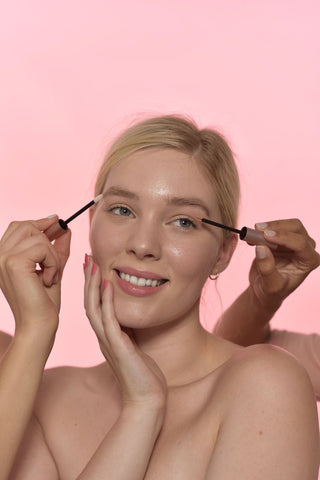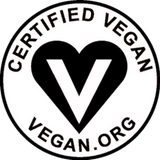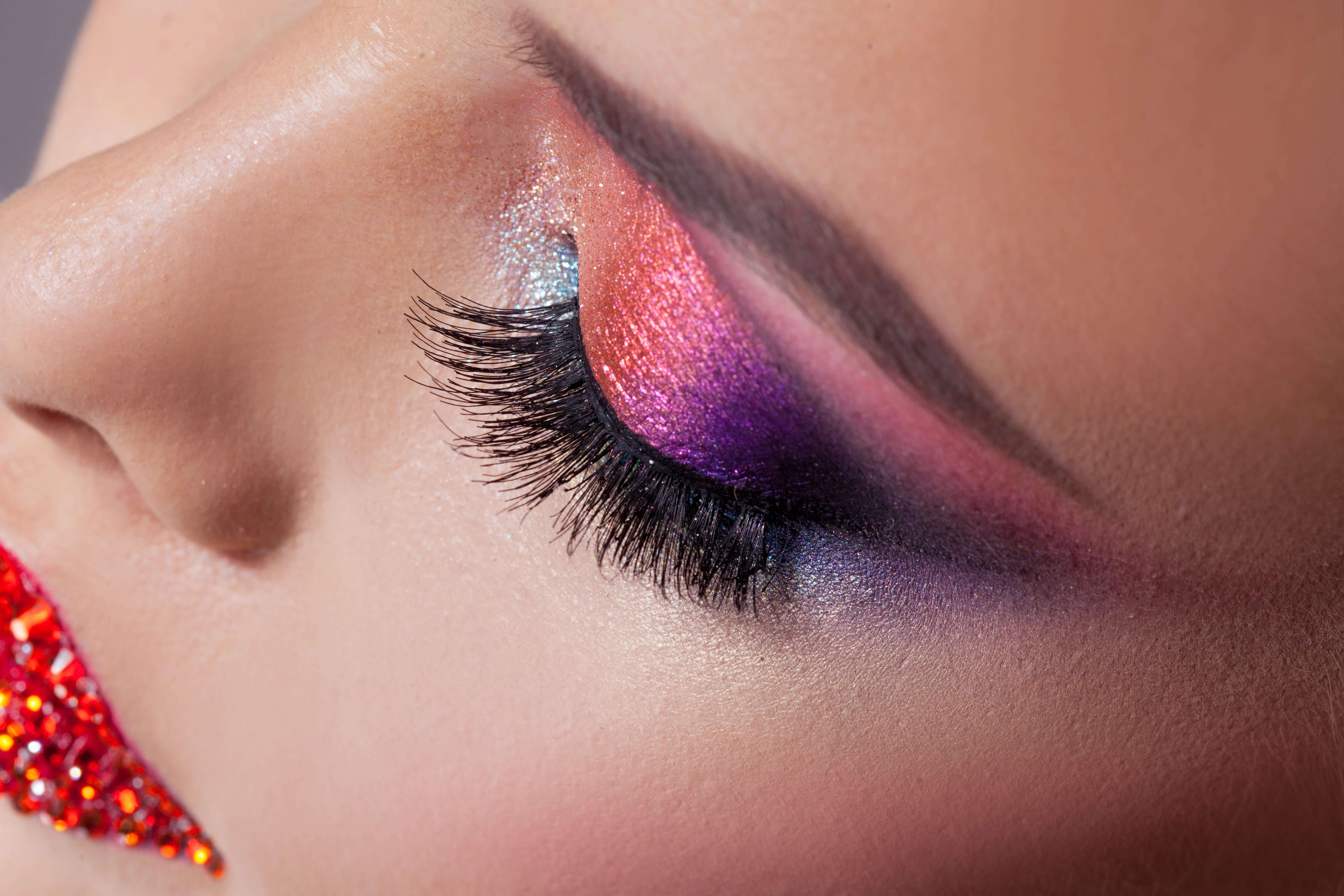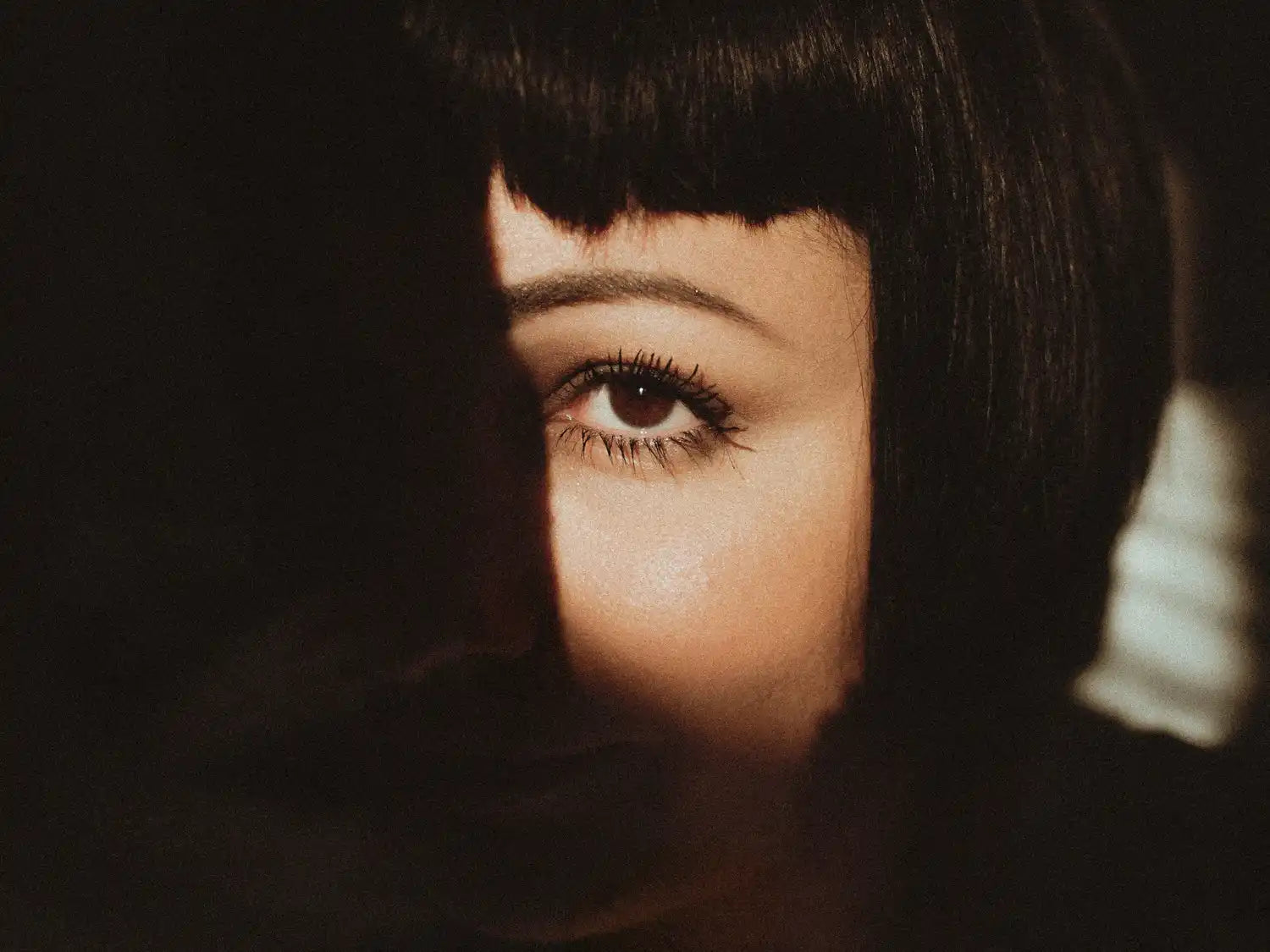On those days when you're embracing a more minimalist makeup look, there's nothing quite like a swipe of mascara to elevate your natural beauty.
Or perhaps, mascara is your one and only makeup soulmate! If you can relate, darling, it's high time we help you make a well-informed decision on your next mascara love affair.
Allow us to guide you towards the perfect match, tailored just for you - and rest assured, it will be cruelty-free, because kindness and beauty go hand in hand!
What is Cruelty-Free Makeup?

Cruelty-free makeup is free of animal testing. While there is no federal regulation of what cruelty-free means, there is a general understanding, and more than that, there are organizations that define and certify cruelty-free products.
When you are looking for a cruelty-free mascara, look out for one of the below certifications.
Beauty Without Bunnies
Beauty Without Bunnies is a certification program by PETA.
PETA, which stands for People for the Ethical Treatment of Animals, is the world’s largest animal rights non-profit organization.
A Beauty Without Bunnies certification means a company has signed a legally binding pledge that their products are completely vegan and free of animal testing. PETA also has a separate pledge and logo for companies that are cruelty-free but maybe not vegan.
PETA has an app and website where you can search any company or product to check their vegan and cruelty-free status.
Certified Vegan

Certified Vegan is a certification program by Vegan Action.
Vegan Action is a non-profit organization that aims to abolish animal cruelty, improve human health, and reduce environmental impacts through a vegan lifestyle. Vegan.com was created in 1995 and is one of the world’s oldest and most visited websites.
Vegan Action’s program certifies a product is both vegan and cruelty-free. For a product to be certified, the company must submit documentation on each ingredient to prove it is not animal-derived and not animal-tested.
At the time being, Vegan Action only certifies individual products, not entire companies. The exception to this being approval of multiple brands for a single parent company.
Vegan Trademark

Vegan Trademark is a certification program by The Vegan Society. The Vegan Society is an educational charity based in Great Britain and is the oldest vegan organization globally, founded in 1944.
The Vegan Society’s program certifies that a product is both vegan and cruelty-free. It also certifies that GMOs are labeled as such. However, The Vegan Society does not certify whole companies.
You can search for products with the Vegan Trademark through The Vegan Society’s website.
Leaping Bunny Program

The Leaping Bunny program is a cruelty-free certification.
The Leaping Bunny Program has been around since 1996, and the logo is internationally recognized. The Leaping Bunny Program is operated by the Coalition of Consumer Information on Cosmetics in the US and Canada (CCIC).
CCIC is a coalition of eight national animal protection groups.
What’s in Your Tube?
Have you ever thought about what ingredients are going into that stuff you are swiping away at your lashes with? Do you remember hearing not to share your mascara when you were younger?
Or maybe you remember all the eye washing protocols from childhood science class. It’s essential to protect those beautiful eyes! You must make sure you opt for cruelty-free options when you choose what ingredients you want in your mascara!
If you often wear mascara, it’s worth educating yourself about what could be getting into your eyes. You should feel confident, beautiful, and safe when you are swiping!
Also, it's great to be kind to your eyelashes and maybe even give them some extra love with special ingredients designed to protect them.
These days it’s not as common to have serious eye-related issues due to mascara compared to less than a decade ago. Back then, companies used ingredients that made women go blind and preservatives that could cause eye infections.
Today, companies know a mistake like this could be a big lawsuit, so they are much more careful. Still, some products contain yuckier ingredients than others.
Typically, mascara is made from a mixture of:
- Carbon blacks or iron oxides -- pigment to darken the lash color
- Oils, clays, or waxes -- to thicken the formula
- Fibers -- for lash lengthening
- Polymer -- to make the product into a film that coats the lashes
- Preservative -- to make sure the formula stays mixed and has a longer shelf life by limiting the growth of microbes (not as typical in plant-based or natural products)
Waterproof vs. Regular Mascara
Waterproof mascara usually includes a few extra ingredients for staying power. Sometimes this is silicone, and other times a company will use specific oils or waxes. The silicone used in waterproof mascara is the same kind of silicone used in shampoos and conditioners.
The same kind of silicone you see a lot of “silicone-free” claims about.
The real thing to be aware of with waterproof mascara or mascaras that are oil/wax heavy is that they can be harder to remove. Well, possibly harder if you are trying with your regular mascara removing methods. It's best to use oil to remove stickier mascara. Check out our guide here.
Ingredient Awareness

(Source: Pexels)
A lot of these ingredients are especially toxic when ingested or at high levels. This is not the case when they are used in mascara. They are used topically and at low doses.
That doesn’t mean they can’t be harmful! A harmful ingredient at a high dose has a good chance of being a skin irritant or allergen at a low level. So it’s still important to be aware of what’s what.
Environmental Working Group (EWG) is a non-profit environmental group. In 2004, EWG created Skin Deep, a comprehensive online database of cosmetics, personal care products, and ingredients along with their potential hazards and health concerns.
This was in response to the U.S. government’s lack of regulation and safety screening of products. They source their information from over 50 databases and sources from government agencies, industry panels, academic institutions, or other credible bodies.
Items in the database are given a score between one and ten. Ten being the most dangerous.
You can search your products or your products' ingredients on their website, but for now, we are going to break down some common mascara ingredients and why you want to stay away.
Retinyl Acetate
Also known as vitamin A acetate. Retinyl Acetate is a synthetic vitamin A ingredient used as a moisturizing ingredient in mascaras.
EWG gives vitamin A acetate a 9. It can cause vitamin A toxicity, an overgrowth of free radicals, resulting in major cell damage.
Parabens
Butylparaben, ethylparaben, methylparaben, propylparaben are all typical parabens used in beauty products. Parabens are used as preservatives to prevent the growth of harmful bacteria. They lengthen the shelf-life of a product.
The most common paraben in mascara is propylparaben. EWG gives it a rating of 9. Propylparaben is an endocrine disruptor, is toxic to developmental reproductivity, and has been known to cause skin allergies.
Another common paraben is methylparaben. EWG gives it a rating of 3-4 (depending on usage) with a more moderate rating for endocrine disruptor and skin allergen than propylparaben.
Talc
Talc is a natural mineral used to give mascara a silky texture. It’s important to note that there is the mineral talc and then there is cosmetic-grade talc. Regular talc can be contaminated with asbestos fibers. Cosmetic-grade talc is free of asbestos, but it can still be dangerous.
EWG gives talc a rating of 5-8 (depending on usage). Cosmetic-grade talc possibly contains a form of magnesium silicate that could be toxic and carcinogenic. The harmfulness of talc is debatable but it may irritate the eyes.
Triethanolamine
Triethanolamine (TEA) is a viscous organic compound used as a pH balancer or surfactant.
EWG gives it a rating of 5. Not too bad, but it’s worth noting that there is strong evidence of it being a skin irritant or allergen.
Dyes and Colorants
Synthetic dyes such as Brilliant Blue (code names: CI 42090, FD&C Blue No. 1, and D&C Blue No. 4) and Carbon Black (code names: CI 77266 and D&C Black No. 2) EWG rates them as 2-7 and 4-10 respectively (depending on usage). They are believed to be toxic and carcinogenic.
Especially watch out for these if you have an allergy issue, as they are known irritants.
Aluminum powder, a metallic substance, is also used as a colorant. EWG rates it 4-9 (depending on usage). It is labeled as a neurotoxin and long-term exposure can lead to toxicity in the body.
Imidazolidinyl and Diazolidinyl Urea or “Formaldehyde Releasers
Diazolidinyl and Imidazolidinyl Urea are both compounds also known as formaldehyde releasers. Formaldehyde-releasers are used as preservatives.
EWG gives both a rating of 5. Twenty percent of cosmetics products in the U.S. contain a formaldehyde-releaser, and imidazolidinyl is the most common.
According to EWG, the frequency of contact allergy to these ingredients is much higher among Americans compared to studies in Europe.
Asbestos
Talc and asbestos naturally coexist, which can result in commercially mined talc being tainted with asbestos—a confirmed cause of lung cancer, mesothelioma, and ovarian cancer.
Although no diseases have been linked to asbestos-contaminated makeup yet, the hazard persists due to unregulated talc in the U.S.
Immediate side effects from asbestos in cosmetics are absent, as health issues from exposure take years to manifest.
Mesothelioma's latency period spans from 20 to 60 years after initial contact with asbestos.
What Mascara Applicator Should You Look For?
Have you ever wigged out in the mascara section of beauty supplies? Too many different strokes for different folks. You might think it’s just a marketing scheme but actually, there’s some theory behind each of these mascara wands.
With tons of mascara hacks, don’t let the type of wand attached to a mascara deter you from buying your fave formula. You can always swap out the wand from a drugstore brand into your prized formula.
Comb

Good for short, sparse lashes. Minimizes clumping.
Pointed

Good for a solid coat and lengthening. Use the pointed end to maximize coverage at the end of your lash.
Curved

Good for curling. This wand lifts and curls like a gym rat.
Ball

Good for those pesky lashes that you can never seem to get.
Rectangle

Good for volume and length. This classic brush isn’t the best for clumping because it tends to load up the lash with the product, but it does wonders if volume maximum coverage is what you are going for.
Skinny

Good for a super clean and defined look. The skinny wand uses tiny bristles, saving you from clump-age and maximizing coverage on every part of each eyelash.
Jumbo

Good for volume, thickness, and a full coat. Miss big booty Judy will give your lashes extra product and drag them up and out for full elongation.
Hourglass

Good for looking like you have false lashes on. This is a great wand for those looking to volumize. The wand is packed with bristles and made for building up volume and evenly distributing products. The coexistence of long and short bristles makes for good for de-clumping.
Plastic

Good for separation. If you find yourself wiping mascara off because you can’t stand over-product-ing, try a plastic wand.
Extra Benefits
You don’t have to stop at a mascara being just a mascara. You can also look for mascara formulas that give your lashes a little extra something!
Some mascara formulas add in conditioning ingredients to make sure your lashes stay healthy while using the product. Other formulas are made with powerful nutrients to grow your lashes.
Our mascara, Better Than Falsies, does both! It also comes with that sexy hourglass wand we talked about! Volume, no clumping, hydrating, and promotes lash growth! And you were asking what you should look for in cruelty-free mascara?



















